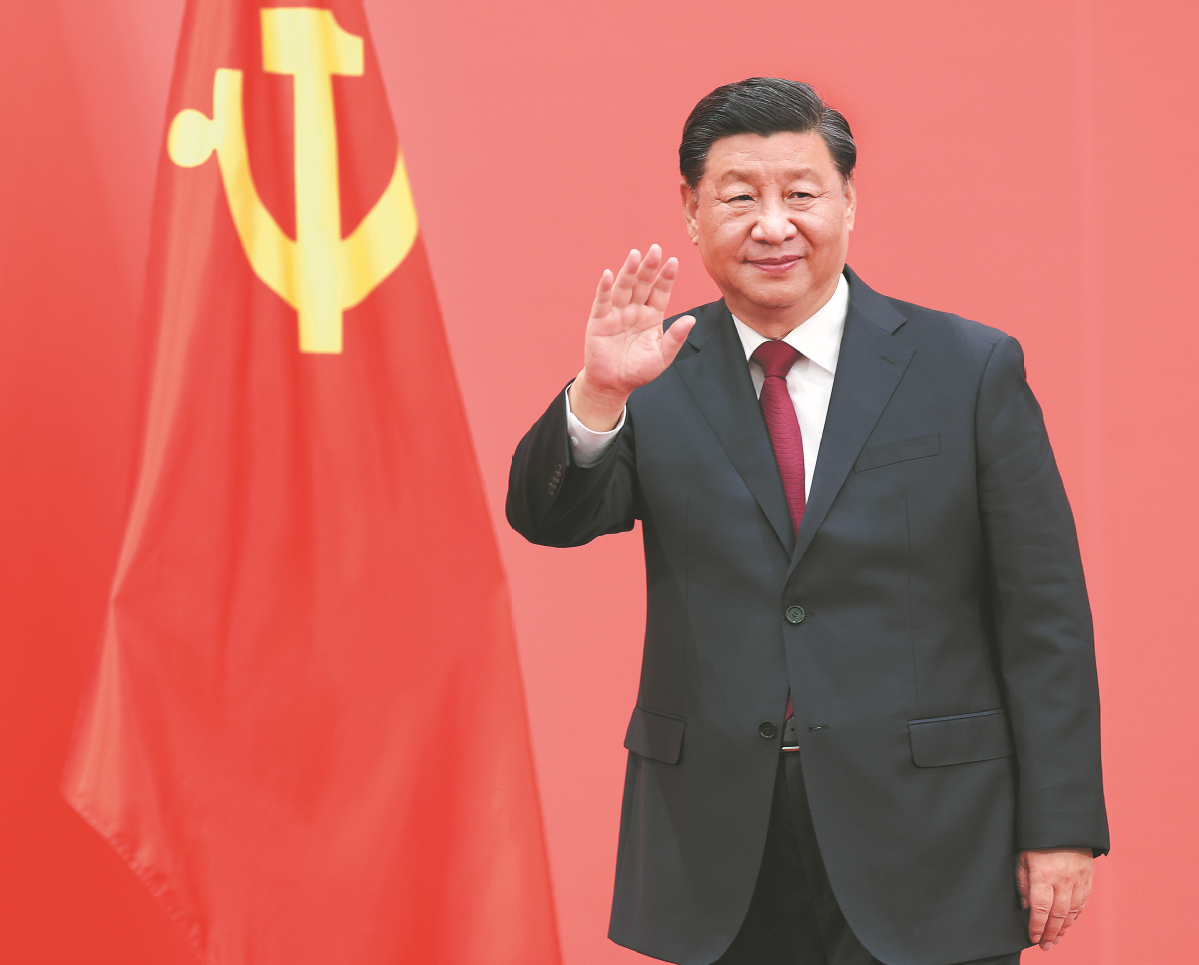Profile: With popular mandate, Xi Jinping spearheads new drive to modernize China


A NEW START
The NPC is considered a major platform to turn the Party's propositions into the will of the nation. This means that grand strategies for Chinese modernization, laid out at the 20th Party congress, are being translated into concrete plans at the "two sessions."
In 1979, late Chinese leader Deng Xiaoping introduced the term "Chinese modernization" at the beginning of the reform and opening-up as a reference to Xiaokang, or a well-off society. After achieving this goal, the CPC proposed the goal of a moderately prosperous society in all respects.
Based on media reports, Xi first used the term "Chinese modernization" in a public speech in December 2015 while leading efforts to formulate a development blueprint aimed at propelling the nation toward a moderately prosperous society in all respects.
Six years later, during the centennial celebration of the CPC, Xi declared that this objective had been achieved.
Xi has continued to refine the strategic deployment of Chinese modernization, moving from building a moderately prosperous society in all respects to embarking on a new modernization journey.
At the 19th CPC National Congress, he established a "timetable" for achieving modernization, and at the 20th Party congress, five years later, he presented a "roadmap" to realize this goal.
Xi summarized five major features of Chinese modernization: a huge population, common prosperity for all, coordination of material and cultural-ethical advancement, harmony between humanity and nature, and peaceful development. This sketch of Chinese modernization is now even more precise, well-conceived, and feasible.
"He has given a lot of thought to modernization and put it into action. Throughout his career, he has worked from inland to coastal regions and from local to central levels. No matter where he worked, Xi was an active reformer and broke new ground in advancing modernization," said David Ferguson, who edited four volumes of the English version of "Xi Jinping: The Governance of China."
The objectives for 2023 are to do solid groundwork for building a modern socialist country. The five years starting from 2023 is deemed a crucial phase.
The national legislature has approved the government's growth target of around 5 percent for 2023, which is two percentage points higher than the actual growth last year. This means China's economic growth in a single year is equivalent to the GDP of a mid-sized developed European country.
But China has 1.4 billion people, lowering the country's development ranking in terms of per capita figures. Explaining the 5-percent growth target, Xi said if China will lift per capita GDP to that of a mid-level developed country by 2035, it is imperative to maintain reasonable growth on the basis of improving quality and efficiency. And China has the capacity to do so.
"High-quality development is the primary task of building a modern socialist country," he said.
Almost all 31 provinces, autonomous regions, and municipalities on the Chinese mainland had set higher growth targets. Shanghai has set its target at 5.5 percent, while Xinjiang and Tibet have set their targets at around 7 percent and over 8 percent, respectively.
Wang Xiangming, a researcher at the Renmin University of China, said a notable change in Chinese society after the 20th Party congress is that people have a stronger sense of developing the economy. "Without a solid material foundation, it is impossible to achieve socialist modernization."
























